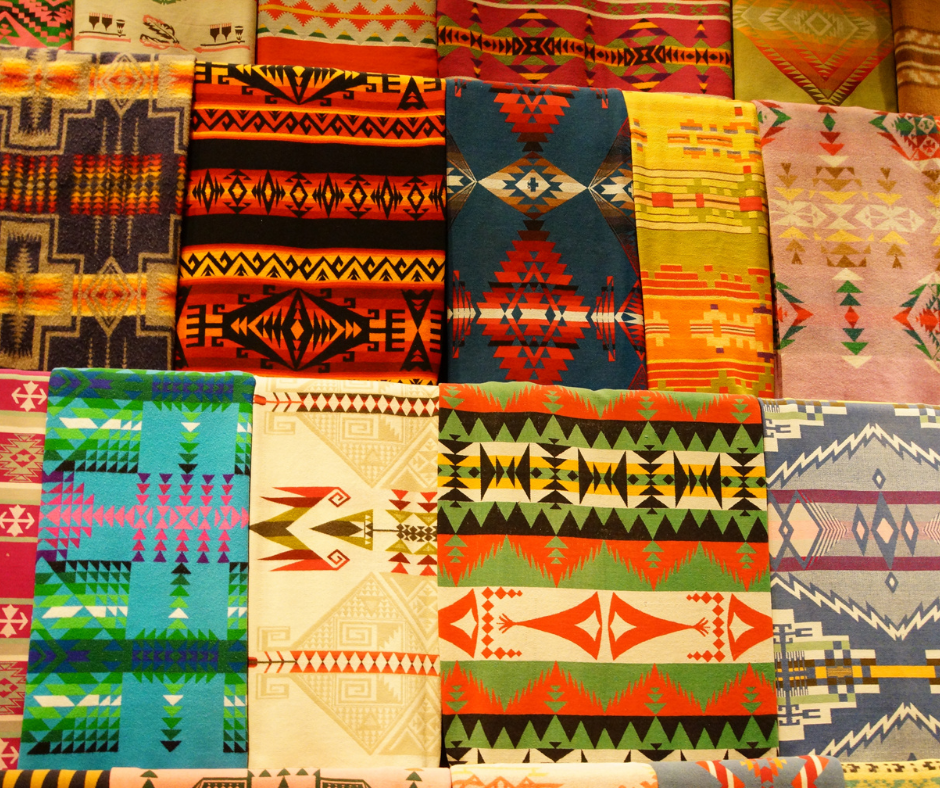Today, the term matriarchal is often misunderstood and is frequently construed to imply that women had sole power or leadership. However, other terms, such as matrilinear, might be more accurate as this implies balance and cooperation between the genders, where women also have an essential role in the decision-making process. Nowhere is this more evident than in Native American culture.
Women held prominent roles in spirituality and ceremonies, where even the earth was seen as a mother. Women represented the moon, water, and nature in their ability to influence and sustain life. They are the life givers, creators, nurturers, and keepers of harmony.
Sky Woman is sacred to the Iroquois Nation and is central to their creation story. In their legends, Sky Woman fell from the sky and landed on the back of a turtle, creating the earth.
To the Navajo, Changing Woman is central to their beliefs. She represents the cycles of life and renewal. Changing Woman gave birth to the Hero Twins, who protected humanity.
The list goes on with many tribal legends involving women as a powerful spiritual force. They were the guardians of balance and harmony, healing and medicine, and nature. Symbols such as corn are often linked to women, representing fertility, sustenance, and life. The Corn Mother of the Cherokee is an example depicting women’s roles as providers and nurturers protecting the bounty of the earth.
Many tribes consisted of matrilinear societies where the lineage and property were passed through the mother’s line. When a man married, he often moved in with his wife’s family and her brothers, who played a vital role in the upbringing of the children, which ensured continuity and stability over land rights.

Creek and Cherokee defined familial ties and land inheritance based on the mother’s line, where women were central to the community structure. Within the Haudenosaunee (Iroquois), the council of women selected the male leaders for the council.
These Clan Mothers held enormous political power and selected or advised chiefs. To maintain balance, these women were included in debates and discussions concerning the tribe.
The Three Sisters (corn, beans, and squash) were vital to the tribe’s survival and sustained the communities throughout the year. The agricultural expertise of the women was passed down through the generations through oral traditions, which gave them the authority to divide land and distribute food.
Though many people think of trappers when trade is mentioned, women also had an impact on the economy through the trading of goods. Pottery, weaving, and beadwork played a central role in commerce.
Women were the keepers of the sacred knowledge handed down through the generations by passing down stories, songs, and rituals.
While women played an essential role in the community, men were also in positions of power and provided balance in leadership. Even so, the division of labor often fell along gender lines and the contributions of both were viewed as equal to the success of the tribe.
Women provided for sustenance such as food and clothing, crafted tools, and maintained homes. Men complemented these roles with hunting, fishing, and trading. And in the majority of cases, this system worked.
Throughout colonization and assimilation efforts, women fought to preserve the tribal way of life, maintaining cultural traditions, and fighting for their land rights. I think I would have enjoyed this communal lifestyle where balance is maintained and everyone plays an equal part, working together toward the survival of all.

Great research and another great article.
Thank you, Dave!